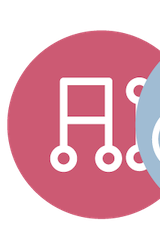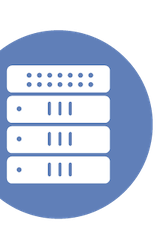What is the Oxide Cloud Computer?
Event: Cloud Field Day 20
Appearance: Oxide Computer Company Presents at Cloud Field Day 20
Company: Oxide Computer Company
Video Links:
- Vimeo: What is the Oxide Cloud Computer?
- YouTube: What is the Oxide Cloud Computer?
Personnel: Steve Tuck
The Oxide Cloud Computer is a vertically integrated platform built at rack-scale for efficiency and operational benefits, with a control plane for elasticity and multi-tenancy, and with networking built in.
The Oxide Cloud Computer is a vertically integrated platform designed to bring the efficiencies and operational benefits of hyperscale cloud infrastructure to on-premises environments. Unlike traditional enterprise IT setups, which require piecing together hardware from various vendors and dealing with integration and maintenance complexities, Oxide offers a rack-scale solution that integrates hardware, software, and networking from the ground up. This approach is inspired by the design principles of cloud hyperscalers, who have moved away from the “kit car” approach of assembling individual servers and instead build at the rack level for better density, energy efficiency, and operational simplicity.
A key feature of the Oxide Cloud Computer is its focus on an API-first mentality, which simplifies automation and management tasks. By building their own switch and incorporating a fully programmable network stack using P4, Oxide ensures that the entire system is optimized for performance and observability. This allows for advanced features like delay-driven multipath routing, which constantly optimizes packet paths based on real-time latency data. Furthermore, the system’s hardware and software are co-designed to work seamlessly together, enabling capabilities such as dynamic power orchestration and power capping, which are crucial for managing energy efficiency and addressing power constraints in data centers.
The Oxide Cloud Computer also emphasizes ease of use and scalability. The system features blind-mate server sleds that can be easily added or replaced without the need for complex cabling, reducing the time and effort required to scale up capacity. This design allows for quick deployment and minimizes downtime, enabling developers to be productive within hours of installation. Additionally, the platform includes an elastic storage service and a set of networking and security services akin to those found in public clouds, providing a familiar and powerful environment for developers. By offering a CapEx model with a support subscription for updates and maintenance, Oxide aims to deliver a cost-effective and long-lasting solution for on-premises cloud computing.







